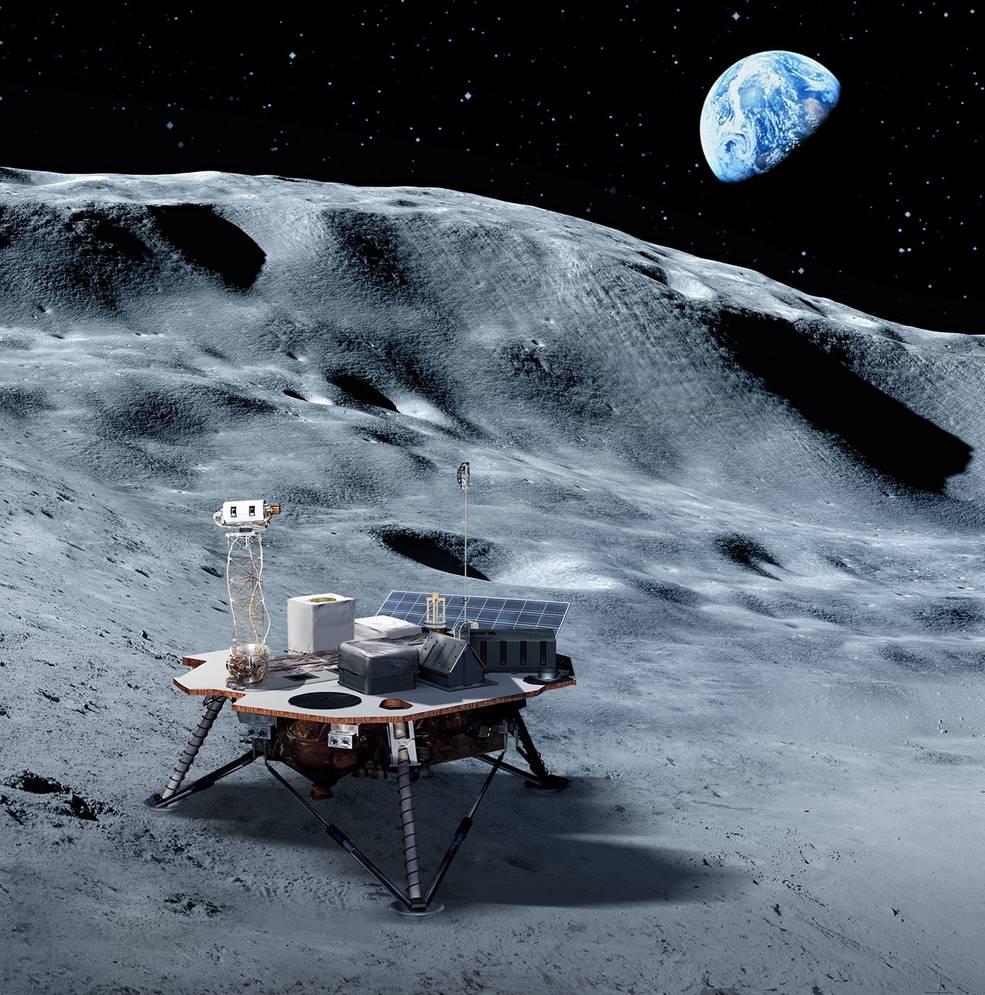
“Honey, I shrunk the NASA payload,” is a global crowdsourcing initiative unveiled by the space agency on April 9 to significantly reduce the size of rugged instruments, sensors and experiments that can be launched to the Moon.
Artemis 3, an accelerated return to the lunar surface with human explorers in 2024, is to kick off efforts with commercial and international partners to establish a presence focused on preparations for astronaut expeditions to Mars in the 2030s.
The competition, launched on behalf of NASA by HeroX, the seven-year-old crowdsourcing platform co-founded by X Prize originator Peter Diamandis, seeks individual instruments, sensors and experiments that can be reduced in volume and mass to no larger than 100 mm by 100 mm by 50 mm and 0.4 kg—about the size of a bar of soap—and withstand temperature extremes ranging from minus 120C to plus 100C. They are to be placed aboard “micro rovers” characterized by the competition’s NASA Tournament Lab and Jet Propulsion Laboratory sponsors as about the size of a Roomba, the iRobot robotic vacuum.
Initial launches of the micro rovers are planned for 2022 using the commercial launch services established by NASA in late 2018 under the Commercial Payload Services initiative.
The miniaturized payloads must achieve a minimum Technical Readiness Level (TRL) of three.
The payload shrinking strategy is aimed at water ice and lunar regolith-bound minerals such as carbon, titanium and iron that could be mined and processed to provide water to drink and grow food; provide oxygen, hydrogen and methane for rocket propellants; and metals and other materials from which to construct shelters and storage.
Earlier this month, NASA revealed a long-term strategy for lunar development activities leading to Mars missions that included establishing a base at the lunar south pole that would incorporate habitation and storage facilities, power generation systems, a pressurized rover and landing pad.
“We are calling on innovators to be ready and willing to think outside the box,” Niki Werkheiser, program executive of NASA’s Game Changing Development Program,” said in an announcement launching the crowdsourcing effort. “This is an opportunity to contribute ideas to advance our understanding of the Moon and its resources, which will be helpful for future missions.”
NASA is seeking micro rover capabilities to identify volatiles, minerals and chemical elements and establish their quality, quantify and distribution within the regolith.
At the cratered lunar poles, the agency wishes to characterize the density, depth, cohesiveness and gain sizes of the regolith as well as slope grades and obstacles.
On the environmental front, NASA expects to characterize solar activity and the radiation environment.
The agency is offering $160,000 in prizes in two categories: lunar resource potential and environmental characterization.
In the resource category, NASA is offering one $30,000 first prize, three $15,000 second prizes and five $5,000 third prizes. In the environment category, the agency is offering one $30,000 first prize, one $15,000 second prize and three $5,000 third prizes.
The competition is open to those 18 years and older participating as an individual or team and originating from any country not sanctioned by the U.S. government.
The deadline for submissions is June 8, followed by an evaluation process that ends on July 10. Winners are to be announced on July 14.





